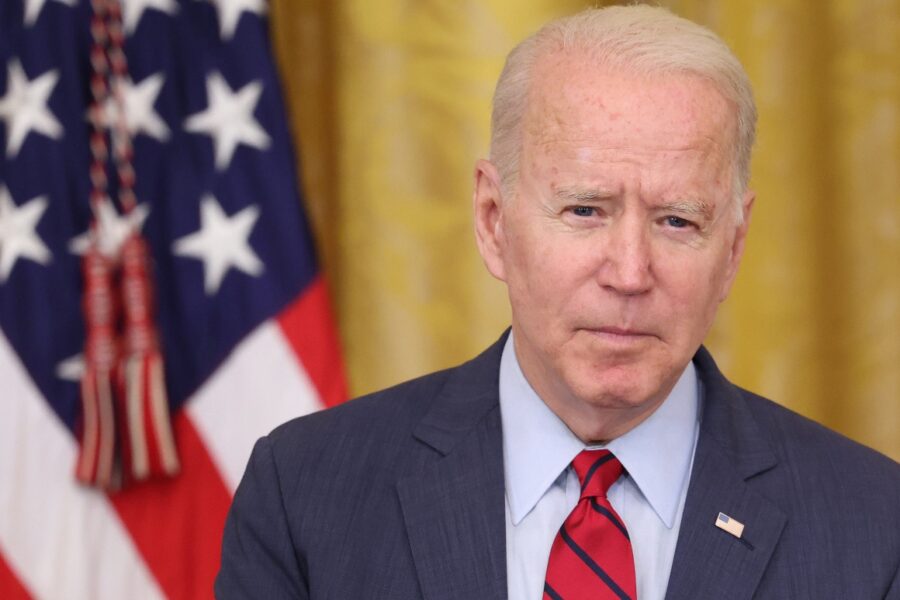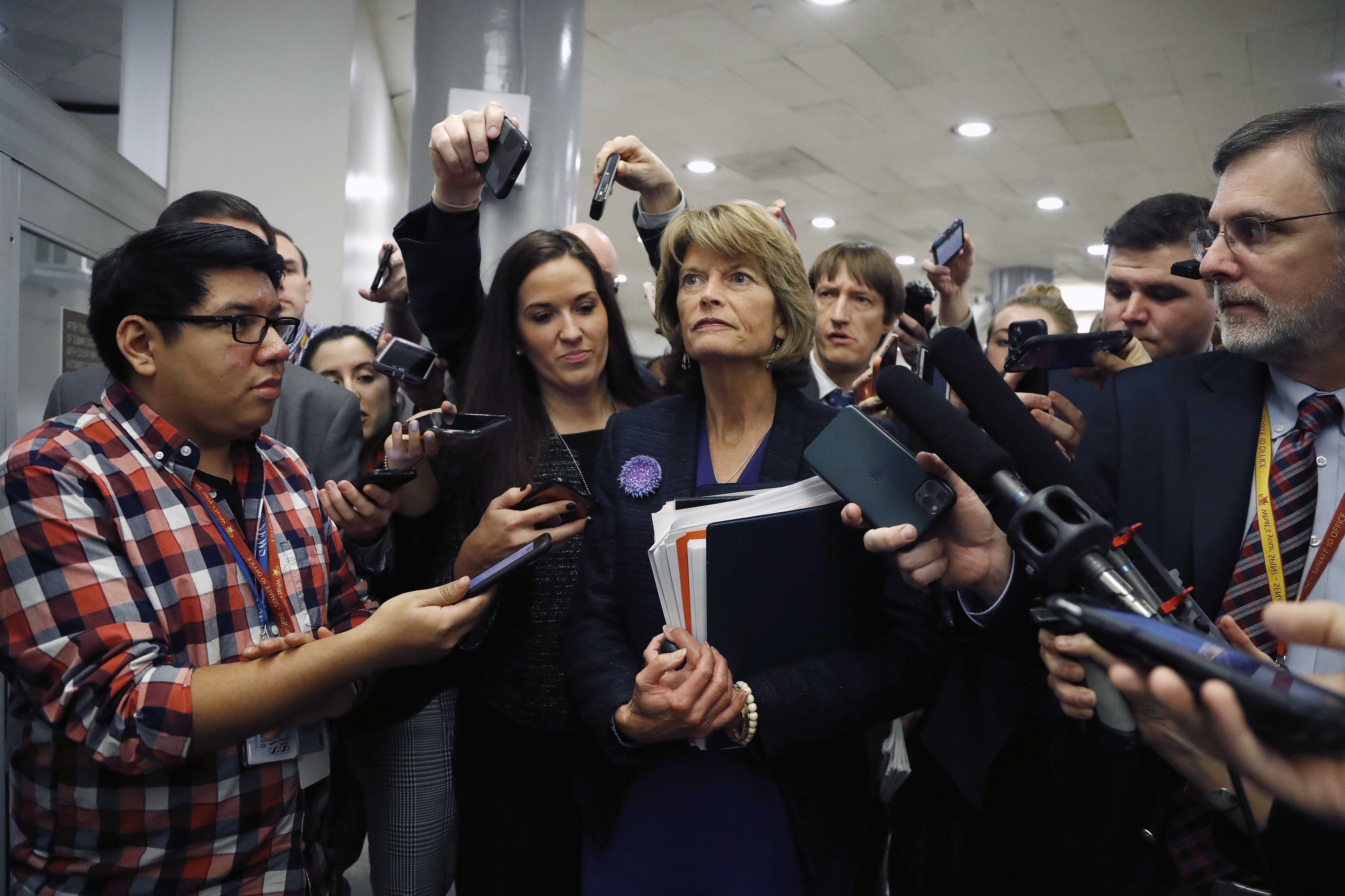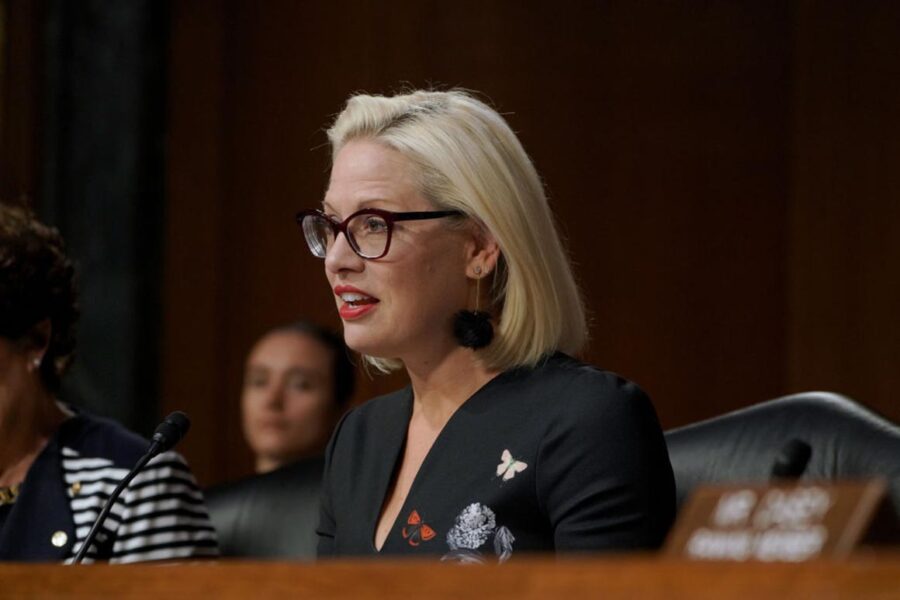Joe Biden basks in bipartisan glow, if but for a fleeting moment

It was the type of ‘I told you so’ moment Joe Biden lives for.
Standing before the media on Thursday, the president basked in the limelight of a bipartisan infrastructure deal. It wasn’t just the specifics of the package that had him revved up. It was the way it had come together. The longtime creature of the Senate who has boasted endlessly about his mastery of the art of compromise now had proof that this seemingly antiquated form of governance could work.
“This is like the whole primary. People write off Biden and his style and they’ve done it for a long time now, and the guy keeps on winning,” said Greg Schultz, Biden’s former campaign manager. “That’s the part that is personal for Biden, he’s always believed that yeah, it’s broken but it doesn’t have to stay broken. It validates his brand of politics, his style of operating in D.C.”
For weeks, the Biden White House has pushed forward on bipartisan infrastructure negotiations amid mounting skepticism that anything would materialize. As Republicans scoffed at negotiations and progressive frustration mounted, the president’s aides remained convinced of the savviness of their approach.
In call after call with Democratic lawmakers, White House counselor Steve Ricchetti, one of the president’s closest and most trusted aides, stressed that a bipartisan deal would prove to be a political boon for the president, according to multiple Democratic sources with knowledge of the conversations.
The genesis of Thursday’s agreement started even before Biden officially announced the details of his $2 trillion infrastructure proposal in the spring. The White House wanted to lay the groundwork for a deal that not only attracted key centrist lawmakers but could get Republicans on board. So legislative affairs director Louisa Terrell and National Economic Council director Brian Deese headed to the Hill. Among their first visits was Sen. Lisa Murkowski (R-Alaska), who gladly laid out her priorities. Among them was the need to help support the electric ferry market. It went the same way with Sen. Rob Portman (R-Ohio), and ultimately dozens of other lawmakers with whom they met.

“Part of what drove this strategy was a level of consistency, it was multi-track. People were cautioning, they were not sure this is going to work — ‘how can you thread this needle?’” Terrell said in an interview of landing both a bipartisan deal and moving forward with a broader Democrat-only spending plan. “We were talking on the Hill to a wide variety of people. We were hearing it all.”
The next several months would be marked by a flurry of phone calls, in-person meetings, Zoom sessions and Oval Office invitations as the White House lobbied lawmakers and wooed governors and mayors of the opposing party.
Administration officials were dispatched to states with faltering bridges and roads. There were media appearances by Biden himself as well as Secretary of Transportation Pete Buttigieg and Secretary of Energy Jennifer Granholm, among others.
On the Hill, the White House team was holding one-on-one meetings with members who were likely to be key players in the bipartisan deal.
“When we moved to this position of this bipartisan group, there was already some relationship building that had gone on,” Terrell said. “We were not walking into a room cold.”
At the same time, that bipartisan group of moderates — many of whom already regularly meet and socialize — continued to talk.
A senior White House official said that it was never the case that the president sought a bipartisan deal for the sake of bipartisanship. Rather, he was carrying out what he considered a mandate from Americans: to find common ground where he could.
Several sources close to the discussions said the White House was long interested in getting Republicans on board, even if it meant accepting a modest offer from them. White House negotiators knew before initial talks even began that the GOP would never agree to reversing the Trump tax cuts or hiking the corporate tax rate. But they’d pledged to be flexible. In an early meeting, Republicans offered that up as their red line, and Biden held up tax increases on those making less than $400,000 as his. The two sides kept talking.
The White House was ultimately unable to find a path forward in their first attempt at a deal with a negotiating group led by Sen. Shelley Moore Capito (R-W.Va.) and made up of just Republicans. But instead of reverting to a Democratic-only plan, they quickly found another group of senators that was ready to negotiate.
That bipartisan group had always been willing to go higher in new spending than the Capito group, a Democratic Hill source said. And the two sides eventually agreed to not touch each other’s red lines when it came to the pay-fors. Led by Sen. Kyrsten Sinema (D-Ariz.) and Sen. Portman, the group gradually came to a bipartisan framework that included close to $600 billion in new spending on roads, bridges, Internet and other traditional infrastructure projects.

By the time White House negotiators left their meeting with senators on Wednesday night, they knew they had a deal. They just needed Biden to sign off on it. He did with glee hours later.
“I know the Senate and the House better than most of you know it,” Biden said as he laid out the bipartisan deal in the White House’s East Room, ribbing the reporters in the room who questioned how it would all become law.
Though there still is no legislative language and there remains much work to do in Congress to secure the votes, Biden’s supporters viewed Thursday’s breakthrough as a political triumph.
Democratic pollster Celinda Lake, who was an adviser on Biden’s presidential campaign, said the word “bipartisan” is less powerful politically than demonstrating an ability to bring people together.
“Finding common ground to unite people on a goal is a very good sell,” she said, noting that they had polling showing this during the campaign. “Women, who are the key swing votes of 2022, will be looking at who was cooperative and who wasn’t,” she said, adding that white suburban women in particular “like cooperation.”
But hurdles remain.
Liberal lawmakers in both chambers fear that the passage of a bipartisan bill focused just on traditional infrastructure will result in a watered-down reconciliation package that is expected to include other priorities like elder and child care, climate change provisions and money for higher education. Others are anxious that the reconciliation package won’t happen at all as moderate Democrats buck at the idea of voting on two trillion-dollar-plus bills.
MoveOn, the progressive advocacy group, immediately moved to launch a national five-figure ad buy on MSNBC next week featuring footage of Senate Majority Leader Chuck Schumer (D-N.Y.) promising he wouldn’t pass an infrastructure package without provisions to reduce carbon pollution and money for child care, paid family and sick leave.
Cognizant of those concerns, Biden on Thursday offered his most explicit promise to date that he was committed to a reconciliation Democrat-only package that would pass in tandem with a bipartisan infrastructure deal.
“I control that,” he said with a smirk. “I expect in the coming months this summer before the fiscal year is over that we will have voted on this bill — the infrastructure bill — as well as voted on the budget resolution. But if this is the only thing that comes to me, I’m not signing it. It’s in tandem.”
That commitment to a two-track strategy prompted Senate Minority Leader Mitch McConnell (R-Ky.) on Thursday night to question whether Republicans could end up supporting the infrastructure framework several of his members had just crafted. But it also assuaged progressive lawmakers who were concerned about getting half a loaf.
“It’s the ultimate backstop,” Sen. Brian Schatz (D-Hawaii) said in an interview, referring to Biden’s comments. “You now have the speaker and the president saying that nothing is agreed to until everything is agreed to.”
Sen. Bob Casey (D-Pa), likewise, said he was encouraged by Biden’s assurance Thursday that he would reject the bipartisan deal if it reached his desk alone. But, in a reflection of the state of limbo in which the infrastructure negotiations remain, he too said he still had questions.
“I can’t commit to supporting any such bill until I know we’re going to be working on the more substantial part of the American jobs and families plan combined,” Casey said in an interview. “We need to see how the two can be worked on together because I think there’s a lot of Democratic senators that are not going to go along with anything other than both.”
Go To Source
Author: POLITICO

